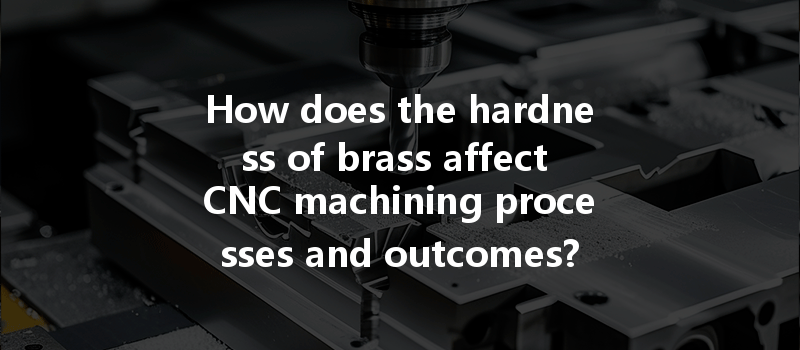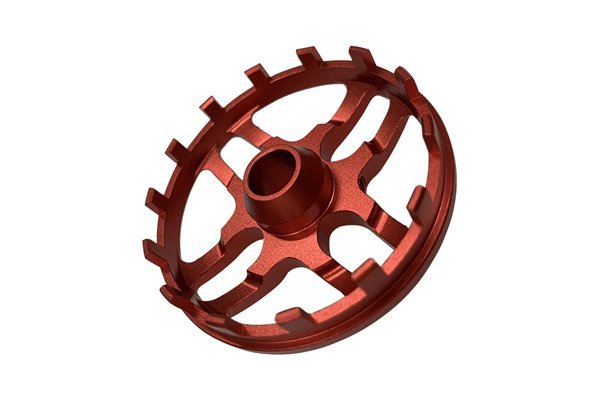Opening: An Intriguing Question
Did you know that brass is one of the oldest alloys known to humanity, dating back over 2,000 years? This remarkable metal combines copper and zinc to create a material with unique properties such as malleability, ductility, and corrosion resistance. However, when it comes to CNC (Computer Numerical Control) machining, the hardness of brass significantly affects not just the machining process but the overall quality of the finished product. Have you ever wondered how this hardness interplays with machining efficiency, tool wear, and final design specifications?
In this blog post, we will explore the complex relationship between the hardness of brass and its implications for CNC machining. We’ll delve into how hardness impacts various machining processes, offer detailed solutions for improving efficiency, and provide insights that are critical for manufacturers and engineers alike.
—
The Fundamentals of Brass Hardness
Before we explore the implications of brass hardness in CNC machining, it’s essential to understand what hardness means in this context. Hardness refers to a material’s resistance to deformation or scratching. In brass, hardness is influenced by the ratio of copper and zinc, the addition of other alloying elements (like lead, tin, or nickel), and the heat treatment practices employed. Hardness is generally measured using scales such as the Rockwell or Brinell hardness tests.
Brass has different grades categorized by their zinc content:
The Impact of Hardness on CNC Machining Processes
CNC machining is a precision technique that relies on numerical control of machinery to perform tasks like machining, milling, turning, and drilling. Several factors associated with the hardness of brass dramatically influence these processes:
When selecting tools for machining brass, hardness plays a critical role. Softer brass grades can be machined using standard high-speed steel (HSS) tools, while harder grades might necessitate carbide tooling. The longer-lasting edge retention of carbide tools allows for better performance when cutting harder brass grades.
Solutions:
Hardness directly impacts the optimal cutting speeds and feed rates. Machining harder brass requires slower cutting speeds and different feed rates compared to lower-hardness grades. If the cutting speed is too high for hard brass, it can lead to excessive tool wear and thermal deformation.
Solutions:
The hardness of brass affects chip geometry during the machining process. Harder brass typically produces tougher chips that can cause issues in chip removal, leading to potential clogs or damage to the machined part. Additionally, the shape of the chips can affect the surface finish.
Solutions:

The hardness level of brass can have a substantial impact on the quality of the surface finish achieved during CNC machining. Softer brass grades generally provide better surface finishes with fewer burrs or imperfections. Conversely, hard brass may result in a coarser finish and increase the need for secondary operations like polishing.
Solutions:
Tool wear is an inevitable aspect of CNC machining, but hardness affects its rate. Harder brass will wear tooling faster, necessitating more frequent changes or reconditioning. To manage tool wear, manufacturers can adopt techniques like optimizing cooling tools or using advanced coatings.
Solutions:
Advanced Techniques for Managing Brass Hardness in CNC Machining
When dealing with the hardness of brass, employing advanced techniques can lead to significant improvements in machine efficiency and product quality:
Applying a thin layer of corrosion-resistant coating can enhance tool life when machining harder brass grades. These coatings help to prevent wear and can be adapted based on the material’s properties.
Implementing proper cooling techniques, including the use of liquid coolants or gas-air cooling methods, serves to maintain lower temperature levels during machining. This helps in maintaining hardness levels in brass and minimizes thermal distortion.
Adaptive machining utilizes real-time data to adjust machining parameters dynamically. This approach can significantly influence cutting strategies, reducing the negative implications of brass hardness during the process.
: Key Takeaways
Navigating the complexities of CNC machining brass is not simply a matter of hardware and software; understanding the nuances of metal hardness is fundamental to achieving machining precision, extending tool life, and improving product finish. The hardness of brass affects every aspect of CNC machining, from tool selection to feed rates and surface finishes.
Manufacturers must embrace proper selection methods and innovative solutions to account for these challenges. Recognizing these implications will enable you to optimize your machining processes, resulting in enhanced product quality and operational efficiency.
As the industry progresses, the ongoing exploration of metal properties, including hardness, will remain vital. Therefore, grasping the significance of brass hardness is not just worth considering; it is imperative for anyone engaged in the field of CNC machining. By understanding and leveraging these principles, manufacturers can uphold quality and drive innovation in their processes.
This critical examination opens the door for further reflection and consideration about the integral role of materials in the world of CNC machining.






